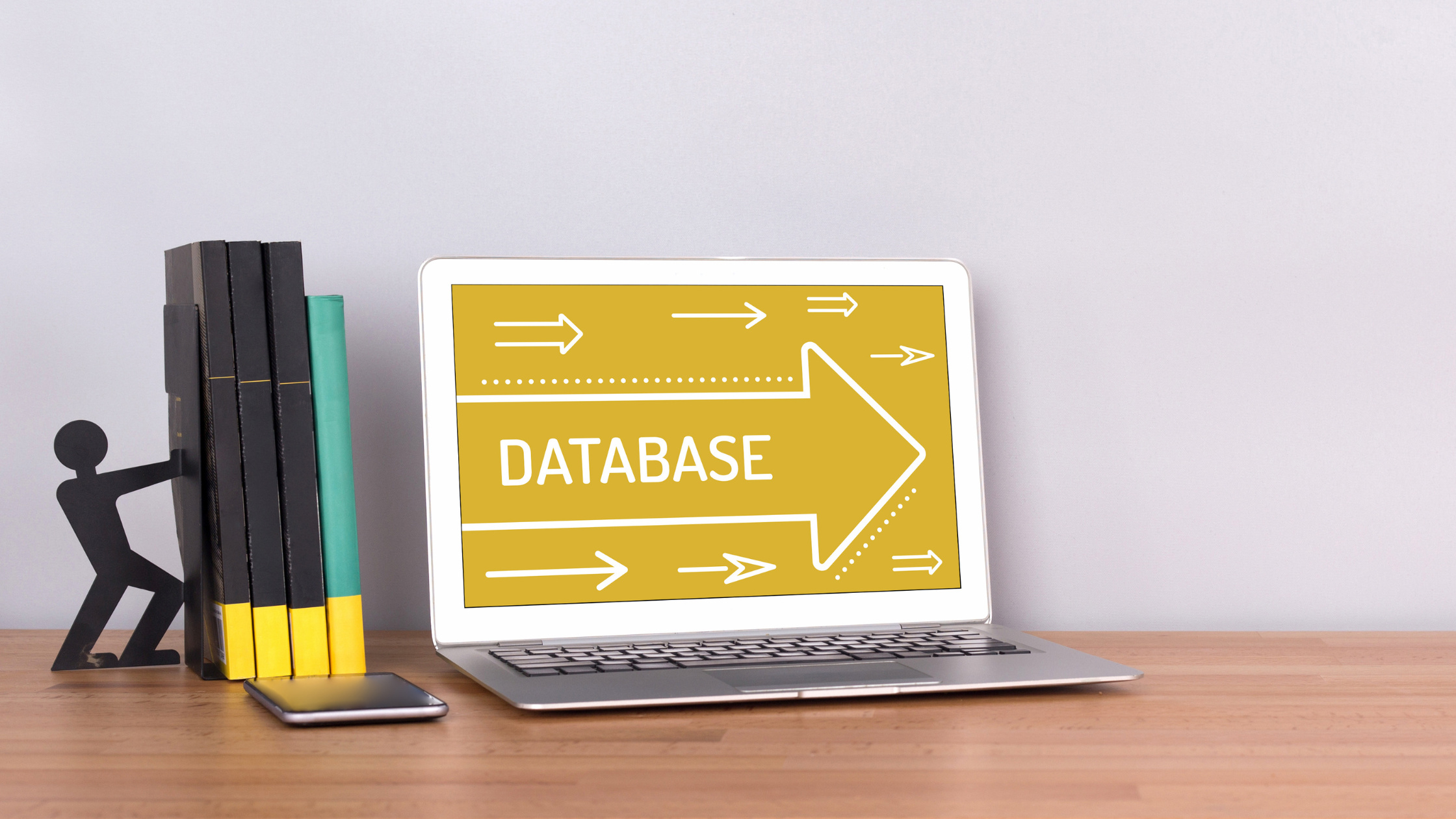What is ITIL service configuration management?
The goal of the service configuration management practice is to ensure that accurate and dependable information about service configuration and the CIs that support them is available when and when it is needed. This contains information on how CIs are configured and their relationships.
What is the definition of a configuration item?
Any component that must be managed in order for an IT service to be delivered.
Service configuration management collects and manages data about a wide range of CIs, including hardware, software, networks, buildings, people, suppliers, and documentation. Services are also considered CIs, and configuration management assists the company in understanding how the multiple CIs that contribute to each service interact with one another.
Configuration management records the CIs that contribute to each service and their relationships: how they interact, relate, and rely on one another to produce value for customers and users. This provides information about service dependencies. This high-level perspective, which is part of the service architecture, is sometimes referred to as a service map or service model.
It is critical to balance the work required to gather and retain configuration information with the value that the information produces. Keeping vast amounts of detailed information about each component and its relationships to other components can be expensive and provide little benefit. The configuration management criteria must be founded on an understanding of the organization's goals and how configuration management helps to value creation.

Configuration management adds indirect value by allowing many other practices to operate more efficiently and effectively. As a result, planning for configuration management should begin with determining who requires configuration information, how it will be utilised, the best way for them to acquire it, and who can maintain and update it. Sometimes it is more effective to simply collect information as needed rather than collect and retain it in advance, while in other instances, having information available in a configuration management system is critical (CMS).
The type and amount of information recorded for each type of CI should be determined by the value of the information, the cost of maintaining it, and the intended use of the information.
What is the definition of a configuration management system?
A collection of tools, data, and information used to assist with service configuration management.
Configuration data should be shared in a regulated manner. Some information may be sensitive; for example, it may be beneficial to someone attempting to circumvent security restrictions, or it may include personally identifiable information about users, such as phone numbers and home addresses.
Configuration information can be saved and published for the entire organisation in a single configuration management database (CMDB), although it is more commonly dispersed among many sources. In either scenario, it is critical to preserve linkages across configuration records so that individuals can see the whole set of information they require as well as how the various CIs interact. Some organisations federate CMDBs in order to provide a unified perspective.
Tools for logging incidents, problems, and change modifications require access to configuration records. For example, a company attempting to detect service issues may need to look for instances involving a specific software version or disc drive model. Understanding the necessity for this information aids in determining which CI traits, in this case, software versions and disc drive models, should be retained for this business. Visibility of recent modifications to the impacted CIs may be required to diagnose occurrences, hence links between CIs and changes must be preserved.
Many organisations utilise data collection technologies to obtain precise configuration information from infrastructure and applications and then populate a CMS with this information. This can be effective, but it can also encourage the collection of too much data without providing enough information on relationships and how the components interact to build a service. Configuration information is sometimes utilised to build the CI rather than merely document it. This method is used for 'infrastructure as a code,' in which infrastructure information is managed in a data repository and utilised to automatically create the environment.
A major company may have a team dedicated to configuration management. In other businesses, this method may be integrated with change management, or a team responsible for change, configuration, and release management may exist. Some organisations use a distributed approach in which functional teams are responsible for updating and maintaining the CIs under their control and supervision.
- Configuration management processes are often required to:
- Detect new CIs and add them to the CMS
- Update configuration data when changes are deployed.
- Verify that configuration records are correct
- Audit applications and infrastructure to identify any that are not documented.
Configuration management's contribution to the service value chain, with the practice involved in all value chain activities:
- Plan Configuration management is used for planning new or changed services.
- Improve Configuration management, like every other part of service management, should be measured and improved on a regular basis. Because the value of configuration management is generally derived from how it helps other processes, it is critical to first understand how these practices use configuration information and then determine how this might be enhanced.
- Engage Some stakeholders (partners and suppliers, consumers, regulators, and so on) may request and use configuration information, or supply it to the company.
- Transition and design Configuration management describes how assets interact to form a service. This data is utilised to support several value chain activities and is updated as part of the transition process.
- Obtain/build During this value chain activity, configuration documents describing new or altered services and components may be created. Configuration records are sometimes used to create the code or artefact that is being built.
- Deliver and support Information about CIs is critical for service restoration.
Configuration information is used to support incident management and problem management techniques.





